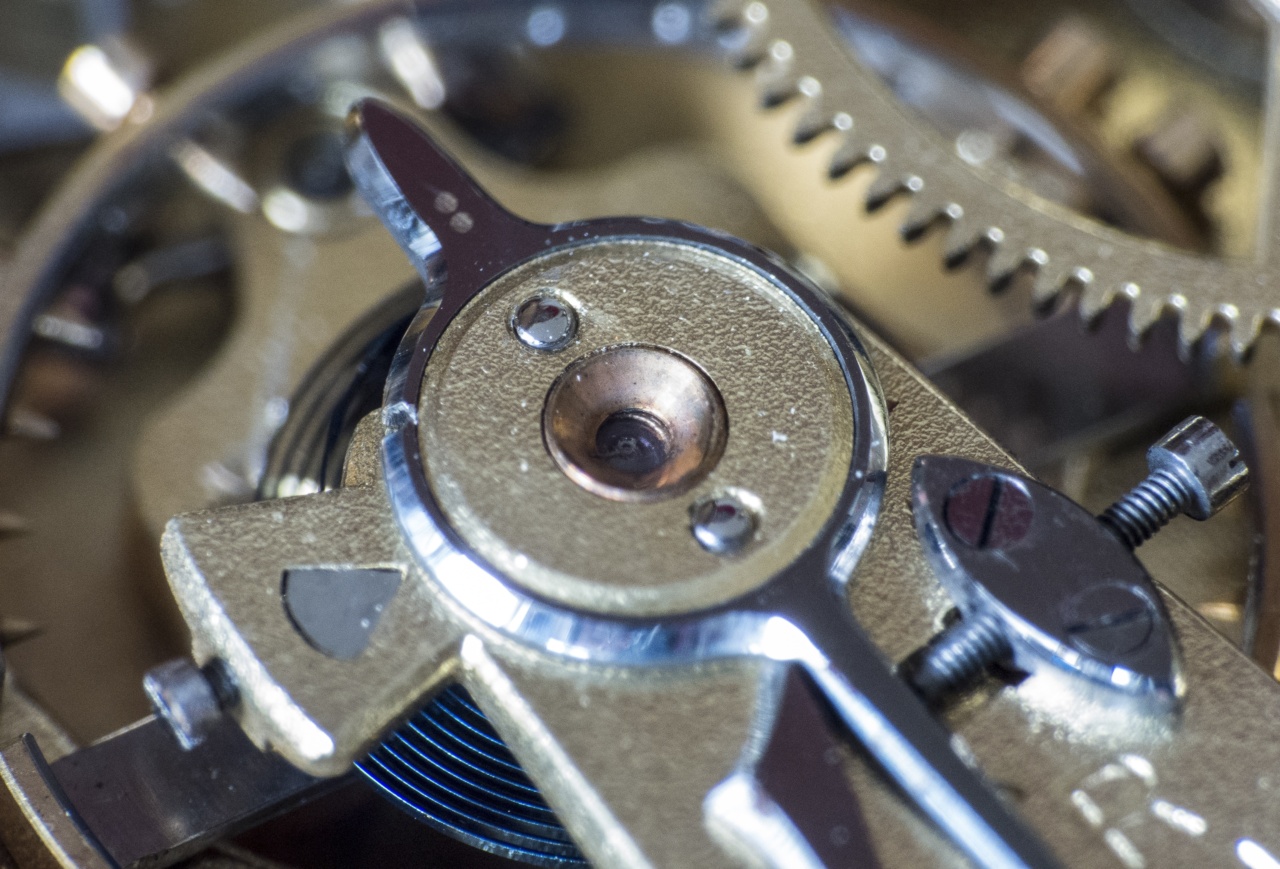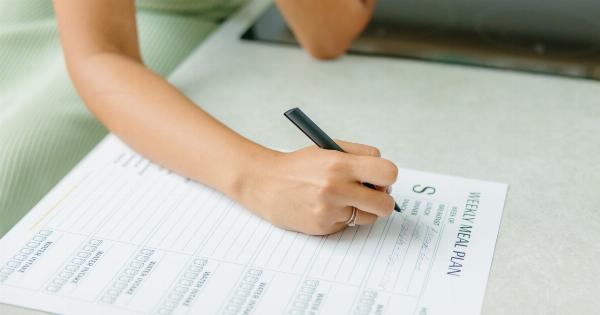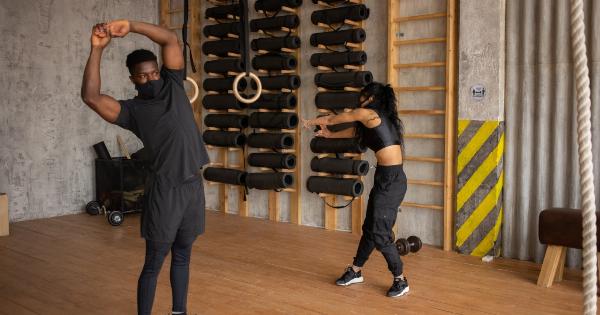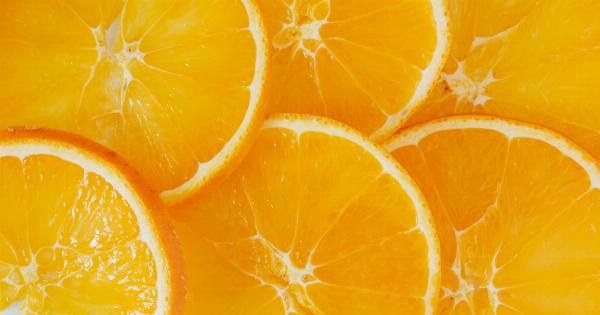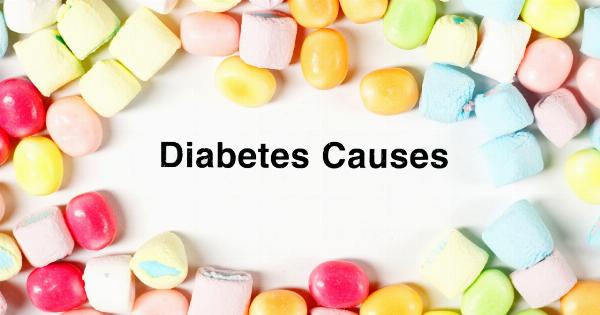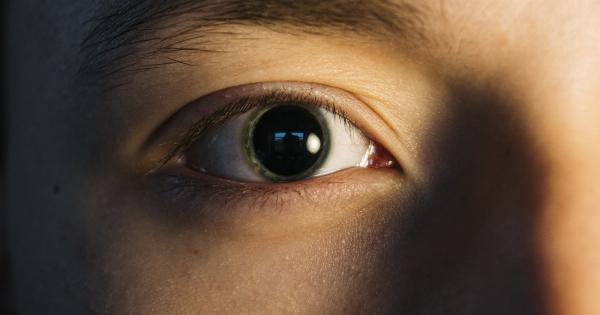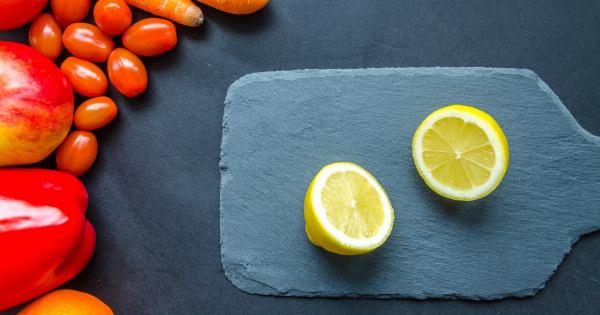Iron deficiency is one of the most common nutritional deficiencies in the world, affecting approximately 30% of the global population. An adequate amount of iron is essential to create new red blood cells and transport oxygen throughout your body.
Without enough iron, your body cannot produce enough hemoglobin, which can lead to iron-deficiency anemia.
Iron deficiency can result from a variety of factors, including a diet low in iron, blood loss through menstruation or injury, and an inability to absorb sufficient amounts through the diet.
Regardless of the cause, here are four movements you can do to boost the absorption of iron.
1. Eat Iron-Rich Foods
The first line of defense against iron deficiency is to consume iron-rich foods. These include red meat, poultry, fish, beans, lentils, tofu, pumpkin seeds, quinoa, and dark leafy greens such as spinach and kale.
When you consume these foods, the body absorbs the iron and uses it to produce hemoglobin and new red blood cells. However, not all iron is created equal. There are two types of iron: heme and non-heme. Heme iron is found in animal products and is more easily absorbed by the body than non-heme iron, which is found in plant-based foods.
If you are a vegetarian or vegan, it is particularly important to consume non-heme iron sources alongside vitamin C-rich foods to enhance absorption.
2. Avoid Foods That Inhibit Iron Absorption
While certain foods can enhance iron absorption, others can inhibit it. Specifically, calcium, polyphenols, phytates, and tannins can all interfere with the body’s ability to absorb iron.
Foods high in these compounds include milk, cheese, yogurt, tea, coffee, and whole grains. To optimize iron absorption, try to avoid these foods when you consume iron-rich foods. If you must consume them, try to wait at least an hour after eating iron-rich foods to allow for maximum absorption.
3. Practice Yoga
Yoga is an excellent way to enhance iron absorption by improving blood flow and circulation. Certain yoga poses, such as forward folds and inversions, can increase blood flow to the abdominal area, where iron absorption occurs.
Additionally, yoga can help reduce stress levels, which can improve digestion and the absorption of nutrients. Practicing yoga regularly can improve overall health, which can help prevent iron deficiency anemia.
4. Engage in Cardiovascular Exercise
Cardiovascular exercise, such as running, swimming, or cycling, can improve iron absorption by increasing blood flow and oxygen delivery to muscles.
Studies have shown that regular exercise can enhance iron absorption, particularly in individuals with iron deficiency anemia. It is important to note, however, that excessive exercise can lead to iron loss. Therefore, it is crucial to balance exercise with adequate nutrition and rest.
The Bottom Line
Iron deficiency is a common nutritional deficiency that can lead to serious health issues if left untreated.
To prevent iron deficiency anemia, it is crucial to consume iron-rich foods, avoid foods that inhibit iron absorption, and engage in practices that enhance iron absorption, such as yoga and exercise. By incorporating these practices into your daily routine, you can boost iron absorption and maintain optimal health.
